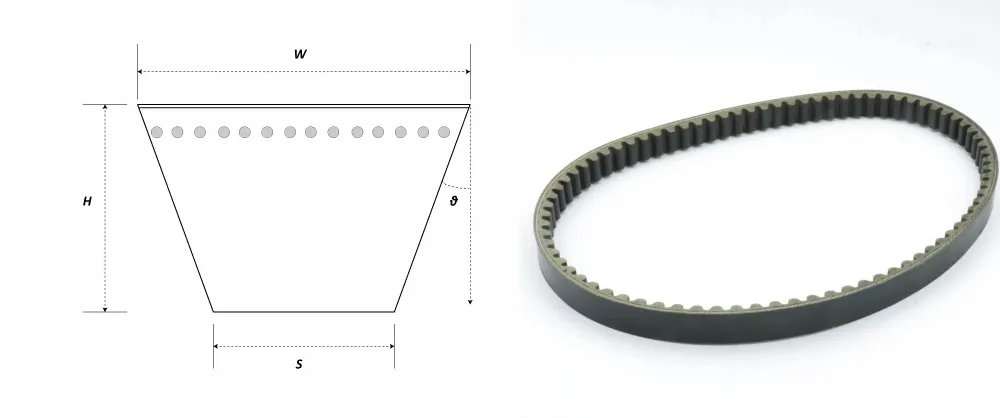- Arabic
- French
- Russian
- Spanish
- Portuguese
- Turkish
- Armenian
- English
- Albanian
- Amharic
- Azerbaijani
- Basque
- Belarusian
- Bengali
- Bosnian
- Bulgarian
- Catalan
- Cebuano
- Corsican
- Croatian
- Czech
- Danish
- Dutch
- Afrikaans
- Esperanto
- Estonian
- Finnish
- Frisian
- Galician
- Georgian
- German
- Greek
- Gujarati
- Haitian Creole
- hausa
- hawaiian
- Hebrew
- Hindi
- Miao
- Hungarian
- Icelandic
- igbo
- Indonesian
- irish
- Italian
- Japanese
- Javanese
- Kannada
- kazakh
- Khmer
- Rwandese
- Korean
- Kurdish
- Kyrgyz
- Lao
- Latin
- Latvian
- Lithuanian
- Luxembourgish
- Macedonian
- Malgashi
- Malay
- Malayalam
- Maltese
- Maori
- Marathi
- Mongolian
- Myanmar
- Nepali
- Norwegian
- Norwegian
- Occitan
- Pashto
- Persian
- Polish
- Punjabi
- Romanian
- Samoan
- Scottish Gaelic
- Serbian
- Sesotho
- Shona
- Sindhi
- Sinhala
- Slovak
- Slovenian
- Somali
- Sundanese
- Swahili
- Swedish
- Tagalog
- Tajik
- Tamil
- Tatar
- Telugu
- Thai
- Turkmen
- Ukrainian
- Urdu
- Uighur
- Uzbek
- Vietnamese
- Welsh
- Bantu
- Yiddish
- Yoruba
- Zulu
Dec . 12, 2024 09:50 Back to list
v-belt b60
Understanding the V-Belt B60 An Essential Component in Mechanical Systems
In the realm of mechanical engineering and industrial applications, the importance of dependable transmission systems cannot be overstated. One such component that stands out due to its versatility and efficiency is the V-belt. Among the various sizes and types of V-belts available, the B60 V-belt, in particular, serves as a perfect example, embodying the characteristics that make V-belts indispensable in numerous machinery and applications.
What is a V-Belt?
A V-belt is a type of belt that is designed to transmit power between rotating shafts using friction. It is named for its distinctive trapezoidal shape, which resembles a ‘V’ when viewed in cross-section. This design allows for a greater surface area contact between the belt and the pulleys, thus maximizing the frictional force that propels the belt, making it more efficient in power transmission compared to flat belts.
Specifications of the B60 V-Belt
The B60 V-belt measures 60 inches in length, and its dimensions are designed to fit specifically into systems that require precise and reliable power transmission. The “B” designation indicates its width, which is approximately 1 inch, making it suitable for moderate power requirements. The B60 is built to withstand the stresses of various operating conditions, ensuring that it can efficiently transfer power with minimal slippage and wear.
Manufactured from durable materials such as rubber, polyester, and, in some cases, reinforced with steel for added strength, the B60 V-belt exhibits excellent flexibility and resilience. This construction ensures that it can adapt to different pulley systems while maintaining its integrity over time. Its design allows for effective heat dissipation and resistance to environmental factors such as oil and chemicals, extending its operational life.
Applications of the B60 V-Belt
v-belt b60

The B60 V-belt finds applications in a multitude of industries due to its reliability and efficiency. One of the most common uses of V-belts, including the B60, is in lawn care equipment. Lawn mowers, for instance, utilize V-belts to transfer the engine power to the blades, allowing for effective cutting. The ability of the B60 to handle varying loads makes it particularly advantageous in such settings where performance consistency is paramount.
In the realm of material handling and manufacturing, B60 V-belts are often employed in conveyor systems, where they facilitate the transportation of goods. The robust nature of the B60 V-belt ensures that it can cope with the challenges of heavy loads and continuous operation without significant wear and tear.
Moreover, the automotive industry also benefits from the use of V-belts, including the B60 size, in various components such as alternators and air conditioning units. Its application in such critical systems underscores the importance of the B60 V-belt as a reliable power transmission solution.
Maintenance and Longevity
To ensure optimal performance and longevity of the B60 V-belt, regular maintenance practices are essential. This includes inspecting the belt for signs of wear, such as cracking or fraying, and checking the alignment of the pulleys it operates with. Proper tensioning of the belt is also crucial since a belt that is either too loose or too tight can drastically reduce efficiency and lead to premature failure.
When a B60 V-belt reaches the end of its operational life, it is important to replace it promptly to avoid potential damage to other components within the system. Using a genuine or equivalent replacement ensures that the performance characteristics remain consistent.
Conclusion
In conclusion, the B60 V-belt is a vital component in the landscape of mechanical power transmission. Its design, versatility, and durability make it suitable for a diverse range of applications from lawn care to industrial machinery. Understanding the specifications, applications, and proper maintenance of the B60 V-belt not only enhances the efficiency of machinery but also extends the life of the equipment it serves. As industries continue to evolve, the need for reliable power transmission solutions like the B60 V-belt will undoubtedly remain, underscoring its significance in modern engineering practices.
-
Korean Auto Parts Timing Belt 24312-37500 For Hyundai/Kia
NewsMar.07,2025
-
7PK2300 90916-T2024 RIBBED BELT POLY V BELT PK BELT
NewsMar.07,2025
-
Chinese Auto Belt Factory 310-2M-22 For BMW/Mercedes-Benz
NewsMar.07,2025
-
Chinese Auto Belt Factory 310-2M-22 For BMW/Mercedes-Benz
NewsMar.07,2025
-
90916-02660 PK Belt 6PK1680 For Toyota
NewsMar.07,2025
-
drive belt serpentine belt
NewsMar.07,2025

